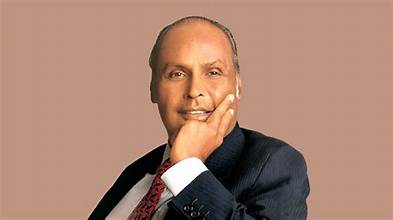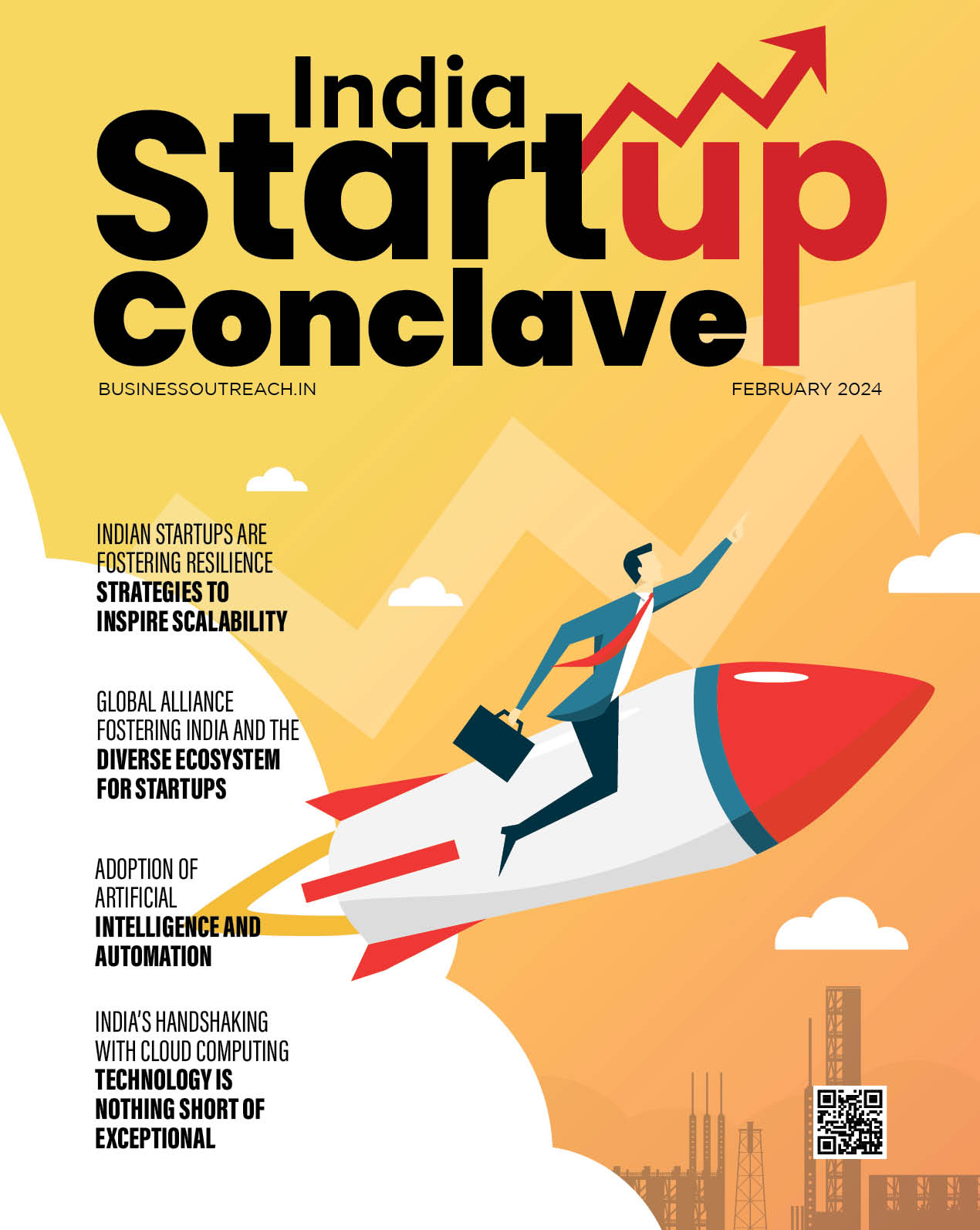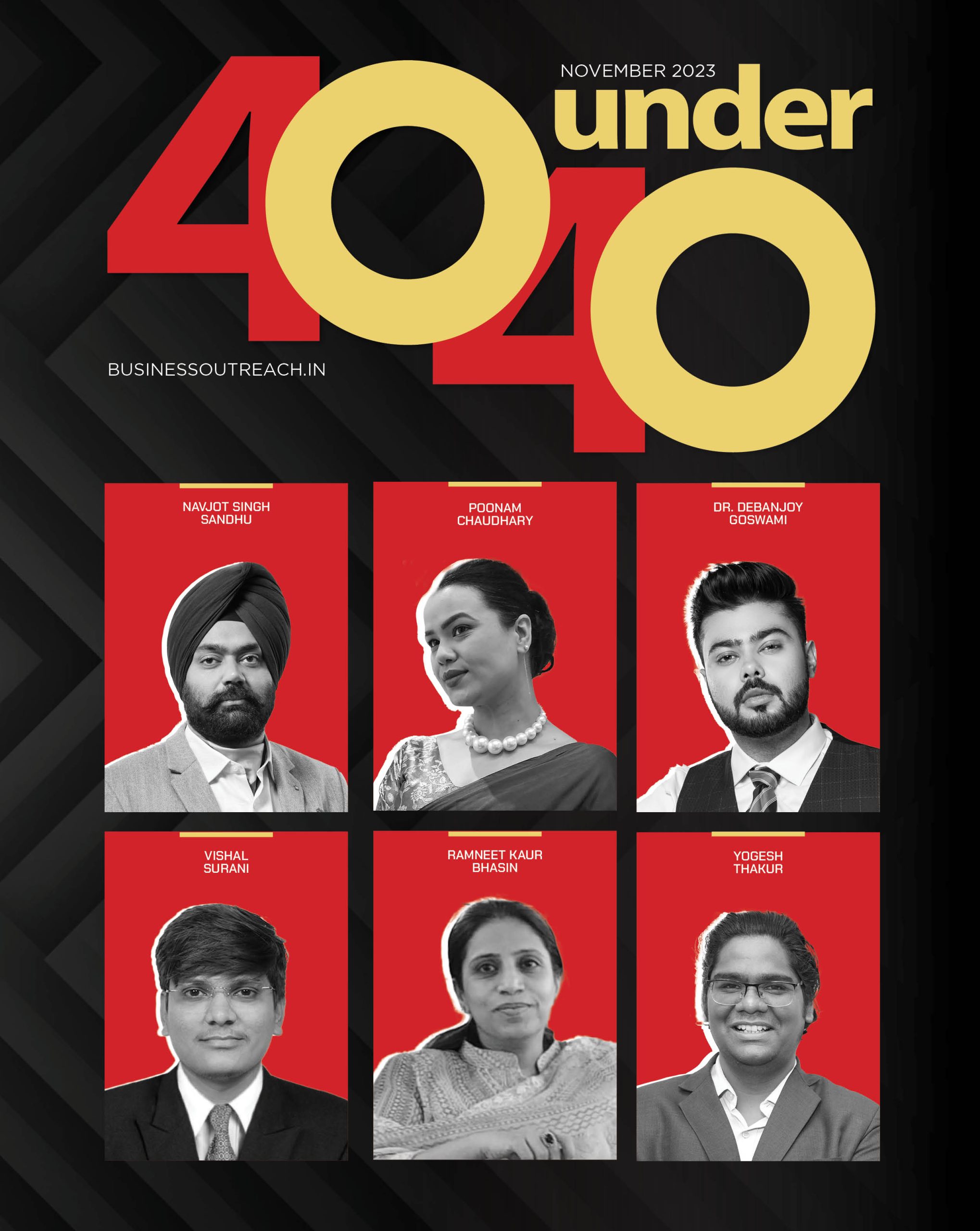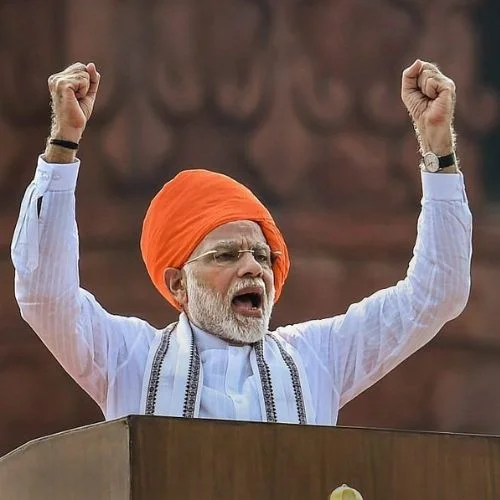Ambani”- is a well-known name to almost every Indian, as they have earned this significant reputation and position so obviously, to achieve all these things, the Ambani family had to deal with the most difficult situations and struggles of their lives. So, we will explore the story about the journey and successes of the Ambanis in this blog, starting with the late Mr. Dhirubhai Ambani.
Table of Contents
- Dhirubhai Ambani Brief Introduction
- Personal Life
- Entrepreneur Journey
- Business Growth and Expansion
- Awards and Achievements
- Reliance Industries today
- Companies owned by RIL
- Ambani family Crew
Conclusion
Dhirubhai Ambani

For those who don’t know, Dhirajlal Harichand Ambani, also known as Dhirubhai Ambani, is recognized for founding Reliance Commercial Corporation. Despite coming from a modestly wealthy family, the business he established went on to become one of India’s most recognizable and successful brands.
He was born on December 28th, 1932, and came from Chorwad, a small Gujarati hamlet. Ambani established Reliance Commercial Corporation, a textile company, in 1966 when he was in his early 30s. Seven years later, the business changed its identity to Reliance Industries. In the end, this firm would venture into the financial and petroleum industries.
The Dhirubhai Ambani’s Personal Life:
The father of Dhirubhai Ambani was a teacher at a little school in their community. Despite his father’s scholastic abilities, Dhirubhai only studied until he completed grade 10, at which point he began working.
It is generally accepted that his initial pay was a meagre INR 300. He moved to the Republic of Yemen when he was 17 years old to work with his brother Ramniklal. Dhirubhai started working at a gas station while he was a resident of Yemen. But eventually, he managed to advance and take the position of filing manager. Dhirubhai eventually relocated to India and had aspirations of starting a company. The Components That Made Up Reliance Industries
When Dhirubhai Ambani returned to India in 1958, he and his cousin Champaklal started a textile company named “Majin.” This business was in charge of importing polyester as well as shipping products like spices and rayon textiles to Yemen. His first workplace, which was only 33 square metres in size, was situated in Masjid Bunder. Due to their divergent perspectives on how the business should be managed, Dhirubhai and his cousin’s partnership came to an end in 1965.
Entrepreneur Journey
Ambani was a cunning businessman who was not afraid to take chances and understood the value of marketing. He realised that in order to make money, stocks were required. With this information in hand, he made the decision to found Reliance Commercial Corporation, which is now Reliance Industries.
While initially concentrating on the trade of spices, this business eventually diversified to include a variety of other goods. His business model employed the tactic of offering goods of higher calibre while tolerating lower profits than those of his rivals. It is therefore not surprising that his company started to grow and expand in light of this very fact.
Dhirubhai turned his focus to synthetic textiles once he realised that his business had grown as far as it could in terms of commodities. He started to concentrate on synthetic fabrics. In 1966, he established the first Reliance textile mill with the goal of backward integration in mind. The business ultimately developed into a major player in the petrochemical industry and expanded its product line to include plastics and power generation.
Business Growth and Expansion
Ambani took the business public in 1977 after being turned down for financing by nationalised banks. Investors continued to have faith in the business despite accusations of corruption and manipulation because he was able to manage and get around the bureaucracy and rules put in place by the government. This was attributable in large part to the respectable dividends the business paid out to investors as well as to the vision that Dhirubhai was concentrated on and that investors shared.
Ambani is credited with popularising the stock market, and because so many people attended his company’s annual general meetings, they were frequently hosted in stadiums or broadcast live on television. Ambani chose to transfer control of the business to his sons Anil and Mukesh in the middle of the 1980s, but he remained in charge of it up until his passing in 2002.
Awards and Accolades achieved by the Ambanis:
Over the course of his life, Dhirubhai Ambani was granted several awards including the following.
- 2001 – The Economic Times – Lifetime Achievement Award
- 2000 –Asia Week – Dhirubhai among Asia’s 50 most powerful people
- Chemtech Foundation – Man of the Century Award
- FICCI – Indian Entrepreneur of the 20th Century Award
- The Times of India – Dhirubhai Ambani voted “Creator of Wealth” of the Century
- 1999 – Business Baron – Dhirubhai Ambani voted “Indian Businessman of the Century
- TNS-Mode Survey – India’s Most Admired CEO
- 1998 – Asia Week – Dhirubhai among Asia’s 50 most powerful people
- Business Week – Dhirubhai Ambani one of “The Stars of Asia
- Dhirubhai Ambani in Asia Week Hall of Fame
- Wharton’s Dean Medal for Dhirubhai Ambani
- 1993- Business India – Dhirubhai Ambani, Businessman of the Year 1993
Reliance Industries Limited Today
Reliance Industries limited (RIL) is the largest conglomerate company in India today. Today the company operates its business in different industries and major business as Oil and Refinery. Ambani today is among the wealthiest families in Asia. Company is listed on the Indian stock exchange and has a market cap of Rs. 15.56 trillion. Recently RIL has demerged Jio Financial Services from RIL. Over the years RIL has acquired many startups and companies.
Companies owned by Reliance
RIL has completed many expansion plans and acquired many companies from different business industries. Some of the major companies owned by Reliance Industries Today
In the field of communication, fashion, grocery, news and other RIL has significant market share. Major subsidiaries of RIL
- Reliance Retail
- Network 18
- LYF
- Reliance life science
- Jio Financial services
- Relicord
- Reliance logistics
The Ambani Family Crew in RIL
Mukesh Ambani
Chairman and Managing director of RIL. Under his leadership and Directorship RIL has grown and expanded the business at a significant level. Company has launched many successful operations and also acquired many startups and companies under his leadership. Over the years, he has led the company and brought RIL to become one of the top Indian Conglomerate and world’s leading companies.
Nita Ambani
Nita Ambani, wife of Mukesh Ambani, has a significant role in the RIL and other business subsidiaries of the Ambani’s empire. She is a chairman and founder of Reliance foundation and Dhirubhai Ambani International School. She had also served as a Board of director of RIL. Recently a Nita Mukesh Ambani Cultural Centre has been launched in Mar 2023. She has also been awarded with many awards and recognition for her works.
Anant Ambani

Youngest son of billionaire Mukesh Ambani and handling the energy business of the Reliance conglomerate. He has been managing the energy and retail business of the RIL conglomerate.
Isha Ambani
Daughter of RIL managing director, Mukesh Ambani, Isha Ambani is a member and board of director of Jio financial services. She has been taking care of her father’s business and handling the retail business of the company.
Conclusion:
The Dhirubhai Ambani tale should demonstrate how persistence, drive, and vision can lead to incredible rewards. Dhirubhai was able to utilise the information he had amassed over time and put it to use in order to be able to establish a business of the size he did. RIL has a significant market in India and other parts of the world as well. Today, Ambani family Mukesh Ambani, Wife Nita Ambani, Anant Ambani and daughter Isha Mabani led the business and different segments of the RIL.















